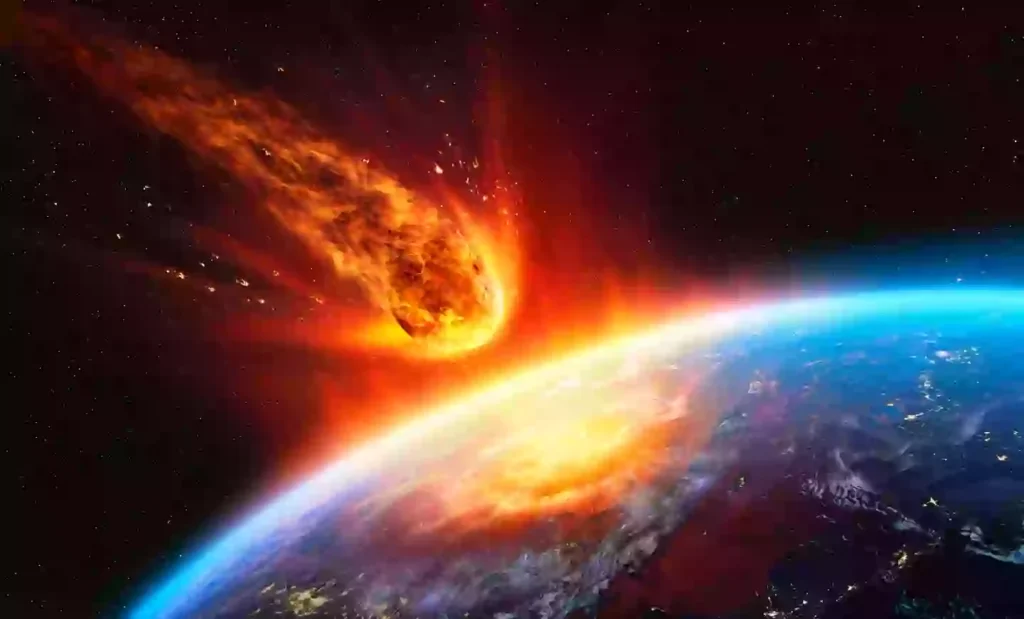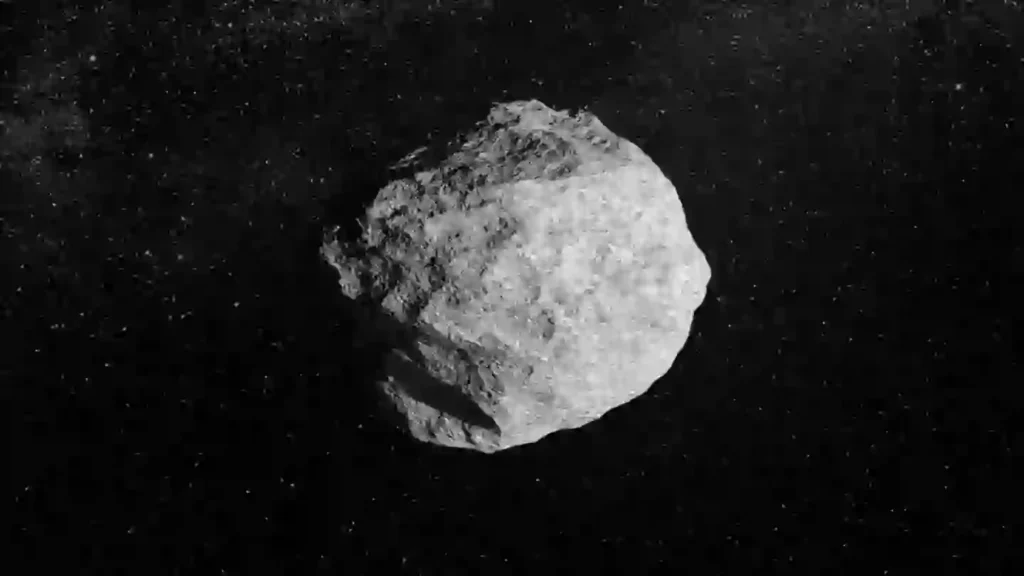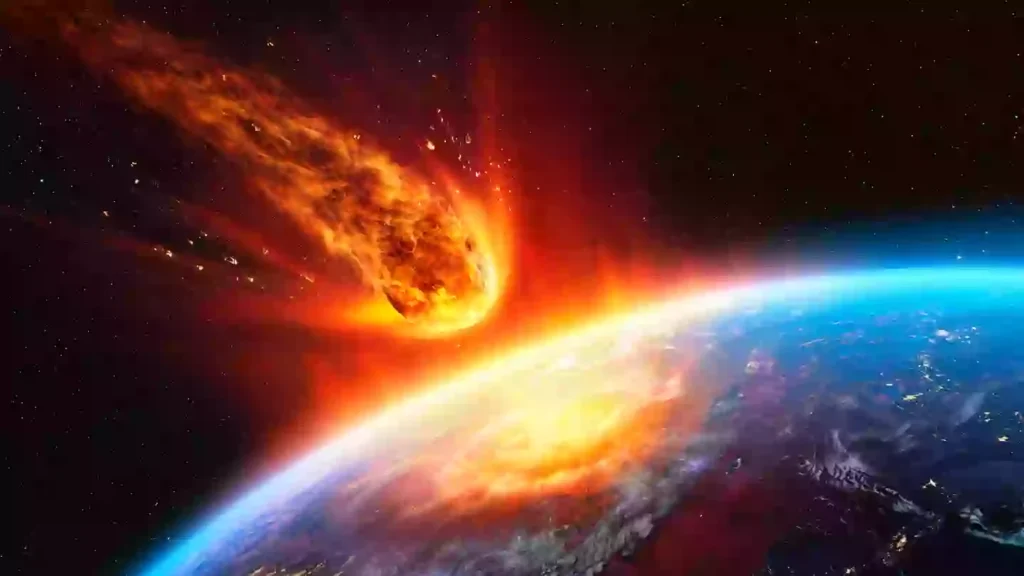Remember that city-killer asteroid discovered late last year, the one that initially sparked headlines and then faded from concern? Well, NASA has updated its assessment, and the news isn’t as reassuring as it was last week. The probability of this asteroid impacting Earth in seven years has, according to the agency, increased.
A Rollercoaster of Risk Assessment
Just last week, reports circulated that scientists weren’t expressing significant worry about the asteroid, seemingly dismissing the initial concerns. This perceived downplay likely stemmed from ongoing observations and refined calculations which initially suggested a lower risk. However, the dynamic nature of asteroid trajectory prediction means that with each new observation, the risk assessment can shift.
Why the Increased Concern?
While detailed information regarding the precise reasons for the updated risk assessment is still emerging, it highlights the inherent challenges in predicting asteroid trajectories. These space rocks are influenced by a complex interplay of gravitational forces from planets and even subtle effects like the Yarkovsky effect, where uneven heating from the sun can subtly alter an asteroid’s path over time. These effects can be difficult to model perfectly, leading to fluctuations in estimated impact probabilities.
The Magnitude of the Threat
Reports have indicated that the asteroid in question possesses the potential to cause significant damage, capable of wiping out entire cities should it impact a populated area. While the overall probability of impact remains relatively low, the potential consequences of such an event are severe, necessitating continued monitoring and research.

The chances of the ‘city-destroying’ asteroid hitting Earth have increased (Getty Stock Image)
What Does This Mean?
It’s important to emphasize that an increased probability doesn’t necessarily mean an imminent threat. NASA and other space agencies continuously monitor near-Earth objects (NEOs) and work to refine trajectory predictions. This allows for timely warnings and, potentially, mitigation strategies if an asteroid is found to pose a credible threat.

An artist’s impression of 2024 YR4 (ESA-Science Office)
Continued Vigilance is Key
The fluctuating risk assessment of this particular asteroid serves as a crucial reminder of the ongoing need for vigilance in tracking and understanding NEOs. NASA and other organizations are dedicated to this critical task, employing advanced technology and collaborative efforts to safeguard our planet from potential asteroid impacts. While the chances of impact remain low, the potential consequences are too significant to ignore. Continued observation and research are essential to maintaining a comprehensive understanding of the risks and developing effective mitigation strategies for the future.
Featured Image Credit: Getty Stock Image


